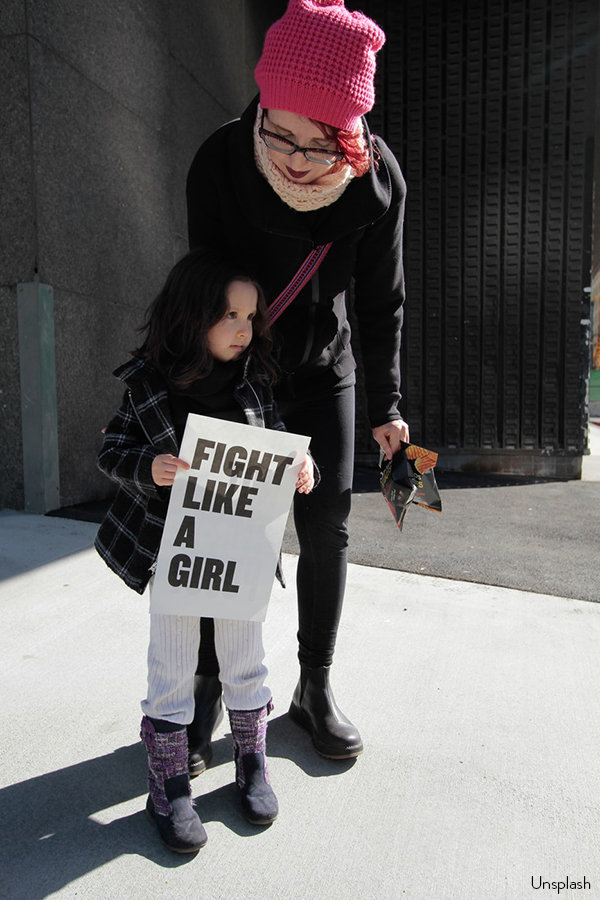Feminist Theory
 In the 1980s, researchers began studying gender issues in public relations, such as the feminization of the profession, salary inequities, roles, and organizational power. The International Association of Business Communicators studied these inequities in two projects:
In the 1980s, researchers began studying gender issues in public relations, such as the feminization of the profession, salary inequities, roles, and organizational power. The International Association of Business Communicators studied these inequities in two projects:
"The Velvet Ghetto: The Impact of the Increasing Percentage of Women in Public Relations and Business Communication" in 1986 and "Beyond the Velvet Ghetto" in 1989. Velvet ghetto refers to the disproportionate amount of women in public relations compared to the other professions.
Some findings revealed that women were more likely to see themselves as technicians rather than managers; women were paid less than men; and status and salaries diminished when more women entered the public relations profession, note Linda Childers Hon, Larissa Grunig, and David Dozier (1992).
Hon (1995) argued for a feminist theory of public relations with a “practical, activist goal” (p. 29). The author wanted women to be seen as effective communicators and managers who are treated as individuals.
Feminist theory generally falls into three areas:
- Liberal
- Socialist/Marxist
- Radical
Liberal feminists seek equality and assimilation, whereas socialists/Marxists focus on class and capitalization, and radicals seek to dismantle male-dominated systems. Most public relations scholarship at the time had a liberal feminist framework, according to Hon, L. Grunig, and Dozier (1992).
Next Page: More on Feminist Theory